You know that feeling when you’re scrolling through Etsy at 2 AM, seeing people make thousands selling digital products, and thinking “I could totally do this”? Then you wake up the next morning and… do absolutely nothing about it.
Here’s the thing: those sellers aren’t magic wizards with secret design superpowers. They just figured out what works and stuck with it.
The truth is, your laptop and a Canva Pro account are literally all you need to start building passive income streams that work while you sleep. No fancy software, no design degree, no mysterious algorithms to crack.
Ready to turn your design ideas into actual dollars? Let’s break down the most profitable Canva digital products that beginners are using to build sustainable income — plus the exact steps to get started.
Table of Contents
- What Makes Canva Digital Products So Profitable?
- 15 Canva Digital Product Ideas That Actually Sell
- How to Choose Your Profitable Niche
- Step-by-Step: Creating Your First Canva Digital Product
- Where to Sell Your Canva Digital Products
- Promoting Your Canva Templates on Pinterest
- Creating Passive Income That Actually Works
- Common Beginner Mistakes (And How to Avoid Them)
- Your 30-Day Canva Business Launch Plan
- Tools and Resources You Actually Need
- What to Do When Sales Are Slow
- Building Your Brand Beyond Templates
What Makes Canva Digital Products So Profitable?
Before we dive into the good stuff, let’s talk numbers. Digital products have profit margins that would make any business owner weep with joy — we’re talking 90%+ profit margins once you factor out platform fees.
Here’s why Canva products specifically are money-makers:
Low startup costs: Canva Pro costs $14.99/month. Compare that to hiring a graphic designer at $50-150/hour.
Scalability: Create once, sell infinitely. Your template doesn’t care if one person buys it or 1,000 people do.
Market demand: Everyone needs good design, but not everyone has design skills. You’re filling a real gap.
Quick turnaround: Most Canva products can be created in 1-4 hours, meaning faster time to market.
15 Canva Digital Product Ideas That Actually Sell
1. Social Media Template Bundles
What it is: Pre-designed Instagram posts, Stories, or Pinterest pins that users can customize with their own text and branding.
Why it works: Social media managers and small business owners are desperate for consistent, professional-looking content that doesn’t take hours to create.
Pricing sweet spot: $15-35 for a bundle of 10-20 templates
Pro tip: Focus on specific niches (wellness coaches, real estate agents, food bloggers) rather than generic “business templates.”
2. Printable Planners and Organizers
What it is: Daily, weekly, or monthly planners, habit trackers, meal planners, or budget worksheets designed in Canva.
Why it works: The planning and productivity market is massive, and people love the satisfaction of physical planners they can print at home.
Pricing sweet spot: $8-25 depending on complexity
Hot niches: Fitness tracking, budget planning, meal prep, student planners, wedding planning
3. Logo Template Collections
What it is: Pre-made logo designs that small businesses can customize with their own business name and colors.
Why it works: Custom logos from designers cost $300-2000+. Your templates offer professional-looking options for $20-50.
Pricing sweet spot: $20-60 for a collection of 5-10 logo variations
Smart strategy: Create industry-specific collections (bakery logos, fitness logos, photography logos)
4. Canva Presentation Templates
What it is: Professional slide deck templates for business presentations, pitch decks, or educational content.
Why it works: Generic PowerPoint templates look… generic. Your custom Canva templates help people stand out.
Pricing sweet spot: $25-75 for a complete presentation template
Winning formats: Pitch decks, sales presentations, training materials, course content
5. Ebook and Lead Magnet Templates
What it is: Pre-designed ebook layouts that bloggers and coaches can fill with their own content.
Why it works: Creating an ebook from scratch is intimidating. Your templates remove the design barrier.
Pricing sweet spot: $15-40 per template
Best sellers: Simple, clean layouts with space for 10-30 pages of content
6. Wedding and Event Templates
What it is: Invitations, save-the-dates, menu cards, welcome signs, and other wedding stationery.
Why it works: Weddings are expensive, and DIY couples love saving money on stationery without sacrificing style.
Pricing sweet spot: $20-80 for wedding template bundles
Pro tip: Offer matching suites (invitation + RSVP + menu + welcome sign) for higher prices
7. Real Estate Marketing Materials
What it is: Listing flyers, Instagram posts for realtors, open house signs, and property feature sheets.
Why it works: Real estate agents need constant marketing materials and often lack design skills.
Pricing sweet spot: $25-50 for template bundles
Smart add-on: Include social media templates to match the print materials
8. Resume and Portfolio Templates
What it is: Modern, ATS-friendly resume designs and portfolio layouts for job seekers and freelancers.
Why it works: Job seekers want to stand out, and a well-designed resume can make all the difference.
Pricing sweet spot: $10-25 per template or bundle
Hot tip: Create industry-specific versions (creative vs. corporate vs. healthcare)
9. Course and Coaching Materials
What it is: Workbooks, worksheets, certificates, and promotional graphics for online course creators and coaches.
Why it works: The online education market is booming, and course creators need professional-looking materials.
Pricing sweet spot: $30-100 for comprehensive course material bundles
Winning strategy: Target specific coaching niches (life coaching, business coaching, health coaching)
10. Blog and Content Creator Graphics
What it is: Pinterest pin templates, blog header graphics, social media quote cards, and content upgrade designs.
Why it works: Bloggers and content creators need consistent, branded graphics but often lack design time or skills.
Pricing sweet spot: $20-45 for template bundles
Smart approach: Create templates that match popular blog themes or color schemes
11. Holiday and Seasonal Templates
What it is: Christmas cards, Halloween party invitations, Valentine’s Day graphics, back-to-school materials.
Why it works: Seasonal demand creates urgency and repeat customers who come back each season.
Pricing sweet spot: $15-35 per seasonal collection
Success secret: Plan ahead — create Christmas templates in September, Halloween in July
12. Small Business Marketing Kits
What it is: Complete branding packages including logos, business cards, flyers, and social media templates.
Why it works: Small businesses need cohesive branding but can’t afford full design agencies.
Pricing sweet spot: $50-150 for complete branding kits
Value add: Include brand guidelines showing how to use colors, fonts, and logos consistently
13. Educational and Teaching Materials
What it is: Classroom posters, worksheets, certificates, and educational infographics for teachers and homeschool parents.
Why it works: Teachers spend their own money on classroom materials and love affordable, attractive options.
Pricing sweet spot: $10-30 for educational bundles
Hot markets: Preschool activities, STEM education, reading comprehension
14. Fitness and Wellness Templates
What it is: Workout trackers, meal planning templates, progress charts, and motivational posters.
Why it works: The health and wellness market never stops growing, and people love tracking their progress visually.
Pricing sweet spot: $15-40 for wellness template bundles
Trending now: Mental health planners, habit trackers, gratitude journals
15. Content Planner and Social Media Calendars
What it is: Monthly content calendars, posting schedules, and social media planning templates.
Why it works: Content creators and businesses struggle with consistent posting and need organizational tools.
Pricing sweet spot: $20-50 for comprehensive planning systems
Smart feature: Include prompt ideas and hashtag suggestions as bonuses
How to Choose Your Profitable Niche
Not sure which direction to go? Here’s your decision-making framework:
Consider Your Existing Knowledge
What industries do you already understand? If you’re a fitness enthusiast, start with workout planners. Former teacher? Educational materials are your goldmine.
Research Market Demand
Use tools like:
- Etsy search suggestions (type your idea and see what auto-completes)
- Pinterest search trends
- Google Trends for seasonal patterns
- Facebook groups in your target niche
Check Competition Levels
High competition = proven demand, but you need to differentiate Low competition = potential opportunity, but validate demand first
Test With One Product
Don’t overthink it. Pick one idea, create one template, list it, and see what happens.
Step-by-Step: Creating Your First Canva Digital Product
Step 1: Choose Your Product and Research
Pick ONE product type from the list above. Don’t try to do everything at once.
Research what’s already selling by browsing:
- Etsy’s best-sellers in your category
- Creative Market’s popular templates
- Pinterest’s most-saved pins in your niche
Look for gaps you can fill or ways to improve on existing designs.
Step 2: Plan Your Template Structure
Before opening Canva, sketch out:
- How many variations you’ll include
- What customizable elements users need
- What file formats you’ll provide (PNG, PDF, Canva link)
Step 3: Design in Canva
Essential Canva features for digital products:
- Brand Kit (for consistent colors and fonts)
- Templates (start with a base layout)
- Elements (icons, shapes, illustrations)
- Text effects and font pairings
- Background remover (Canva Pro feature)
Design tips that sell:
- Keep text areas clearly marked for easy customization
- Use modern, readable fonts (avoid overly decorative options)
- Stick to 2-3 colors maximum for cohesive look
- Leave adequate white space — don’t overcrowd
- Test your design at actual print size if applicable
Step 4: Create Product Variations
Most successful digital products include multiple variations:
- Different color schemes (3-5 options)
- Layout variations (vertical/horizontal, different text placements)
- Size options (social media dimensions, print sizes)
Step 5: Package Your Files
Organize your files professionally:
- Create a main folder with your product name
- Include subfolders for different sizes or colors
- Add a “Instructions” or “Read Me First” document
- Consider adding bonus elements (matching social graphics, color palettes)
Step 6: Write Your Product Description
Your description should include:
- What’s included (be specific about number of files, formats, sizes)
- What software users need (Canva free/pro)
- How to customize the templates
- Commercial use terms
- What users can create with your templates
Step 7: Price Your Product
Pricing psychology that works:
- $9, $19, $29 convert better than round numbers
- Bundle pricing increases average order value
- Limited-time launch pricing creates urgency
Pricing research method:
- Find 10 similar products on Etsy
- Note their prices and what’s included
- Price yours competitively but don’t undervalue your work
Where to Sell Your Canva Digital Products
Etsy (Most Popular for Beginners)
Pros: Built-in audience, easy setup, handles payment processing
Cons: Transaction fees, competition, and algorithm changes.
Best for: All product types, especially printables and templates
Success tip: Optimize your titles and tags for Etsy SEO
Your Own Website
Pros: Keep all profits, build your email list, complete control
Cons: Need to drive your own traffic
Best platforms: Gumroad, Stan Store or Payhip
Success tip: Start building an email list from day one
Creative Market
Pros: Design-focused audience, higher price points possible
Cons: Selective approval process, higher competition
Best for: Premium templates and complete branding packages
Teachers Pay Teachers
Pros: Dedicated educator audience
Cons: Very specific niche
Best for: Educational and classroom materials only
Your Social Media Following
Pros: Built-in trust, no platform fees
Cons: Limited reach initially
Success tip: Use stories and posts to showcase your templates in action

Promoting Your Canva Templates on Pinterest
Pinterest isn’t just pretty pictures — it’s a search engine, and it’s where your ideal customers are looking for exactly what you’re selling.
Pinterest SEO Basics for Digital Products
Keyword research: Use Pinterest’s search suggestions and tools like Pinterest Trends to find what people are searching for.
Pin design principles:
- Vertical images (2:3 ratio) perform best
- Clear, readable text overlay
- Bright, eye-catching colors
- Before/after or step-by-step layouts work well
Description optimization:
- Include your main keyword in the first line
- Use natural language, not keyword stuffing
- Add relevant hashtags (3-5 maximum)
- Include a call-to-action
Content Strategy for Template Sellers
Show, don’t just tell: Create pins showing your templates in use, not just the blank template.
Educational content: Pin tutorials, tips, and how-to content related to your niche.
Seasonal strategy: Plan your Pinterest content 45-60 days ahead of seasons and holidays.
User-generated content: Encourage customers to share how they used your templates and repin their content.
Creating Passive Income That Actually Works
Here’s what nobody tells you about passive income from digital products: it’s only passive after you’ve done the work upfront.
The Reality Check
Months 1-3: You’re building. Creating products, setting up shops, learning what sells.
Months 4-6: You’re optimizing. Improving based on customer feedback, expanding successful products.
Months 7+: You’re scaling. Adding complementary products, building systems, potentially hiring help.
Building Systems for True Passivity
Email automation: Set up welcome sequences for new customers with product recommendations.
Social proof collection: Automate requests for reviews and testimonials.
Content batching: Create 30-60 days of social media content at once.
Template expansion: When a product sells well, create variations and complementary products.
Scaling Your Canva Business
Product line expansion: If social media templates sell well, add matching ebook covers or business cards.
Bundle creation: Group related individual products into higher-priced bundles.
Licensing opportunities: Offer commercial licenses for higher prices.
Course creation: Teach others to use your templates or create their own.
Common Beginner Mistakes (And How to Avoid Them)
Mistake 1: Creating Too Many Products at Once
The fix: Master one product type before moving to the next.
Mistake 2: Ignoring Copyright Rules
The fix: Only use Canva’s commercial-license elements, or elements you’ve purchased licenses for.
Mistake 3: Underpricing Your Work
The fix: Research competitor pricing and factor in your time and skill.
Mistake 4: Not Building an Email List
The fix: Offer a freebie to collect emails from day one.
Mistake 5: Focusing Only on Creation, Not Marketing
The fix: Spend 50% of your time creating, 50% promoting and optimizing.
Your 30-Day Canva Business Launch Plan
Days 1-7: Research and Plan
- Choose your niche and first product type
- Research competition and pricing
- Set up your Canva Pro account
- Plan your first 3-5 templates
Days 8-14: Create Your First Product
- Design your templates in Canva
- Create variations and package files
- Write product descriptions
- Take mockup photos or create lifestyle images
Days 15-21: Set Up Your Shop
- Choose your selling platform
- Upload products with optimized titles and descriptions
- Set up payment processing
- Create shop policies and branding
Days 22-30: Launch and Promote
- Announce your launch on social media
- Start pinning on Pinterest
- Share in relevant Facebook groups
- Send to your email list (even if it’s small)
- Ask friends and family for initial reviews

Tools and Resources You Actually Need
Essential Tools
- Canva Pro: $14.99/month (non-negotiable for commercial use)
- Etsy Shop: $0.20 per listing + transaction fees
- Pinterest Business Account: Free
- Canva scheduling tool or Later: For social media automation
Nice-to-Have Tools
- Photography props: For styled mockup photos
- Lightroom or Photoshop: For advanced photo editing
- Flodesk or Kit: For email marketing
- Tailwind: For Pinterest scheduling and analytics
Free Resources
- Unsplash and Pexels: For stock photography (check licenses)
- Google Fonts: For unique typography inspiration
- Coolors.co: For color palette inspiration
- Pinterest Trends: For keyword and trend research
What to Do When Sales Are Slow
Every digital product seller faces slow periods. Here’s your action plan:
Audit Your Current Products
- Are your titles SEO-optimized?
- Do your photos clearly show what’s included?
- Are you priced competitively?
- Do you have enough reviews?
Expand Your Reach
- Cross-promote on different platforms
- Collaborate with complementary businesses
- Join Facebook groups in your niche
- Start posting on TikTok or Instagram Reels
Create Seasonal Demand
- Add holiday versions of your best sellers
- Create “back to school” or “new year” themed products
- Tap into trending topics and viral moments
Focus on Customer Experience
- Follow up with buyers for feedback
- Create detailed instruction guides
- Offer customer support that goes above and beyond
- Ask happy customers to leave reviews
Remember: slow periods are normal and temporary. Use them to improve and plan your next successful product launch.
Building Your Brand Beyond Templates
Once you’ve got your first few products selling consistently, think bigger picture:
Content Marketing Strategy
- Blog about design tips and tutorials
- Create YouTube videos showing your design process
- Host Instagram Live sessions answering design questions
- Start a Pinterest board featuring customer success stories
Community Building
- Create a Facebook group for your customers
- Host virtual design challenges
- Share user-generated content featuring your templates
- Respond to every comment and DM personally
Product Line Extensions
- Offer custom design services for premium clients
- Create online courses teaching your design methods
- License your designs to other businesses
- Develop physical products using your digital designs
The key is staying connected to your audience’s evolving needs and positioning yourself as their go-to design resource.
Your Canva digital product business can start as a side hustle and grow into a full-time income — but only if you start.
Pick one product idea from this list. Spend this weekend creating your first template. List it next week.
The market is waiting for exactly what you have to offer — but they can’t buy it if you never create it.
Ready to turn your design ideas into passive income streams that work while you sleep? Your template empire starts with template number one.
Want to fast-track your Canva business success? Download my free Content Batching Framework Guide and learn how to create 30 days of promotional content for your digital products in just 4 hours. No more posting panic — just strategic, sales-driving content that puts your templates in front of the right buyers.
Pin for later …
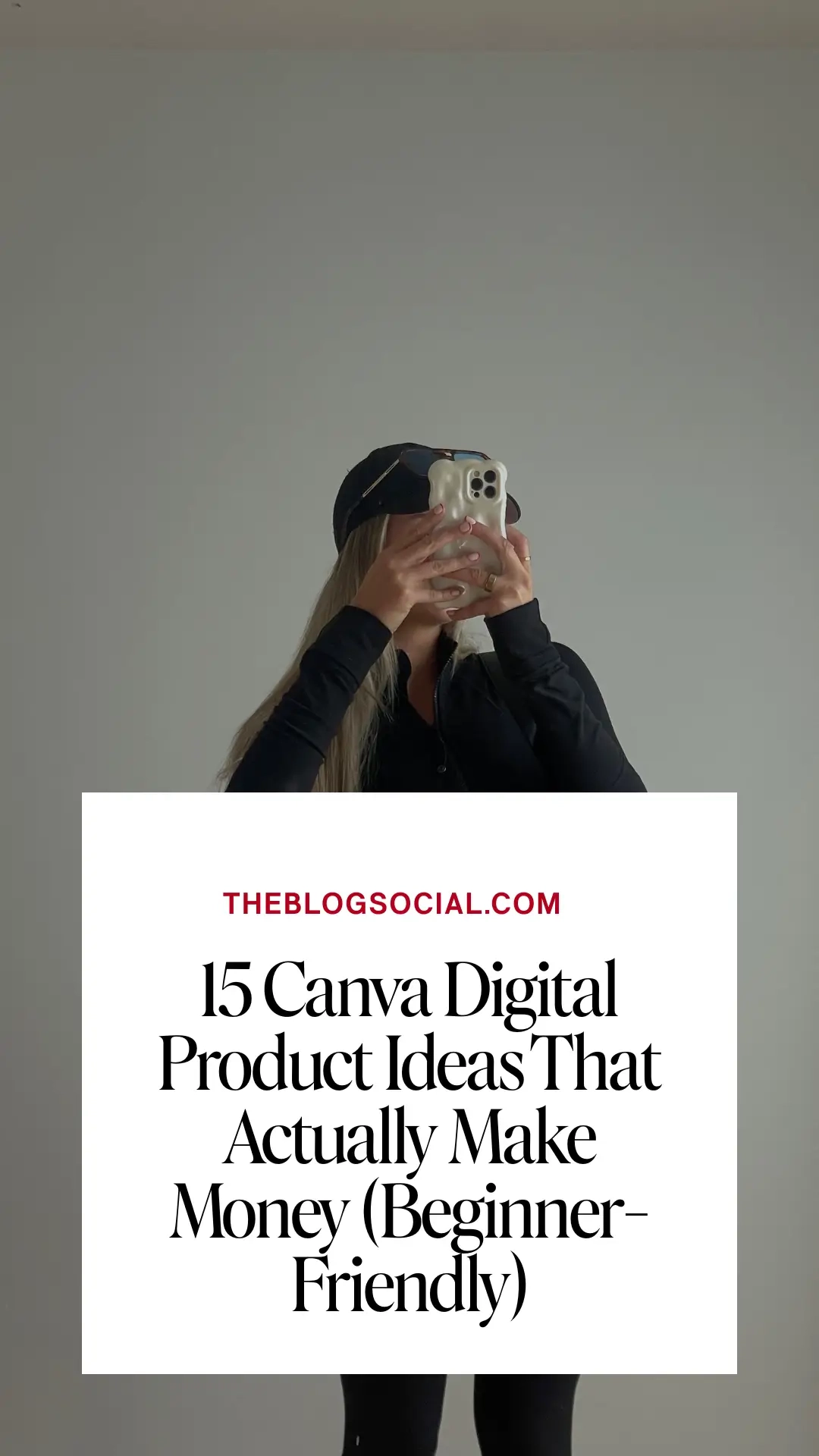
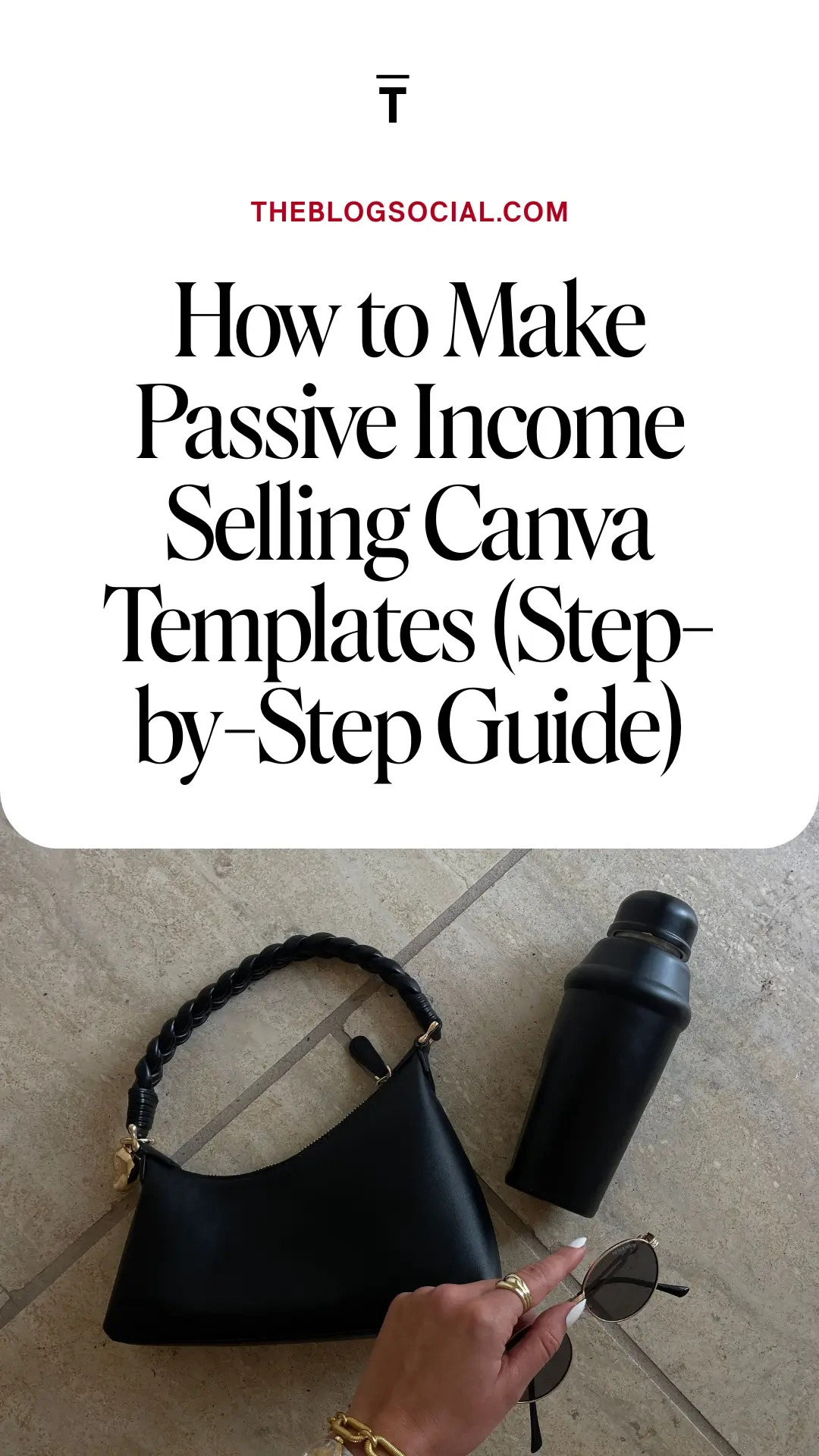




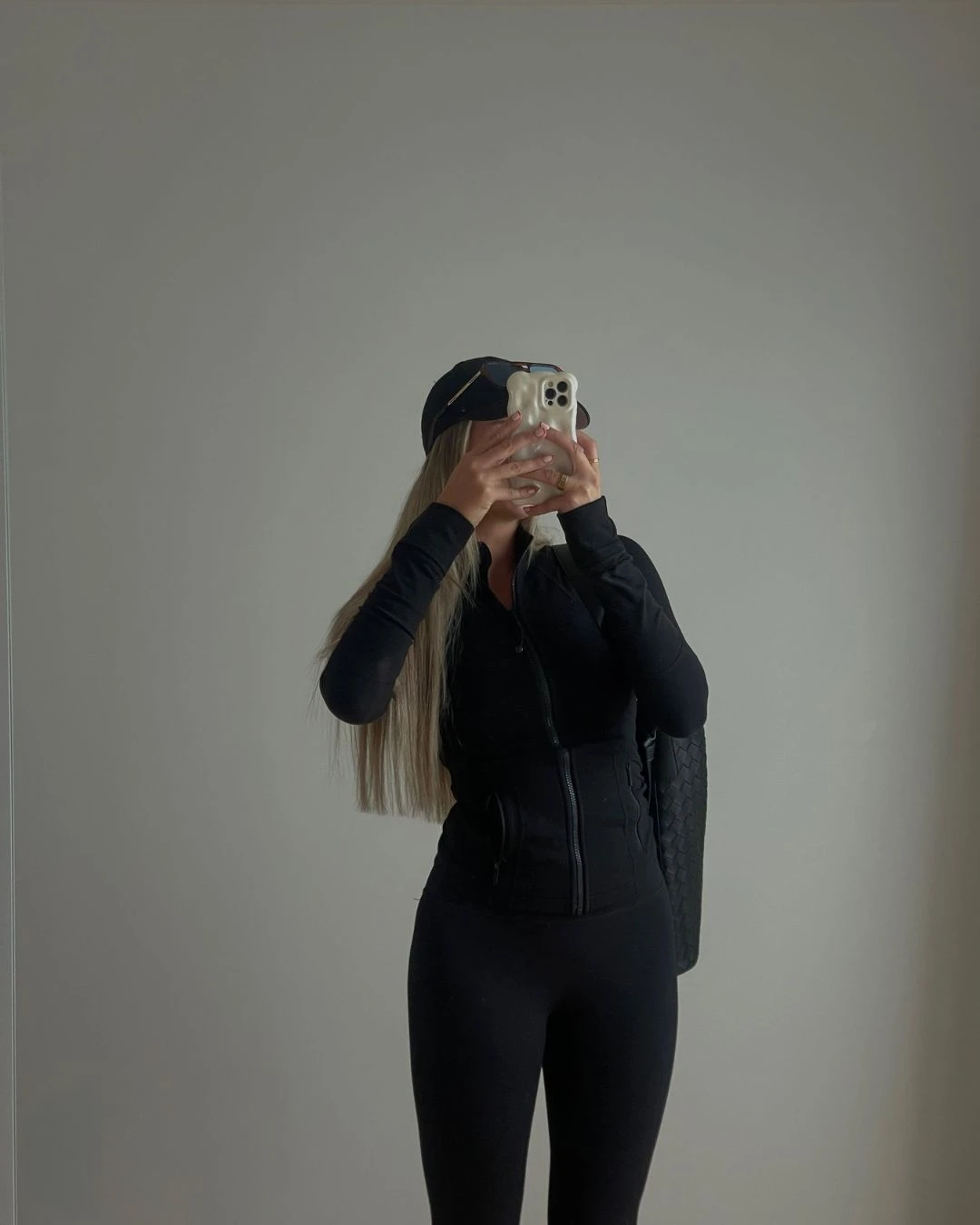

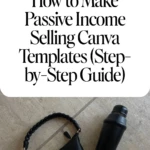
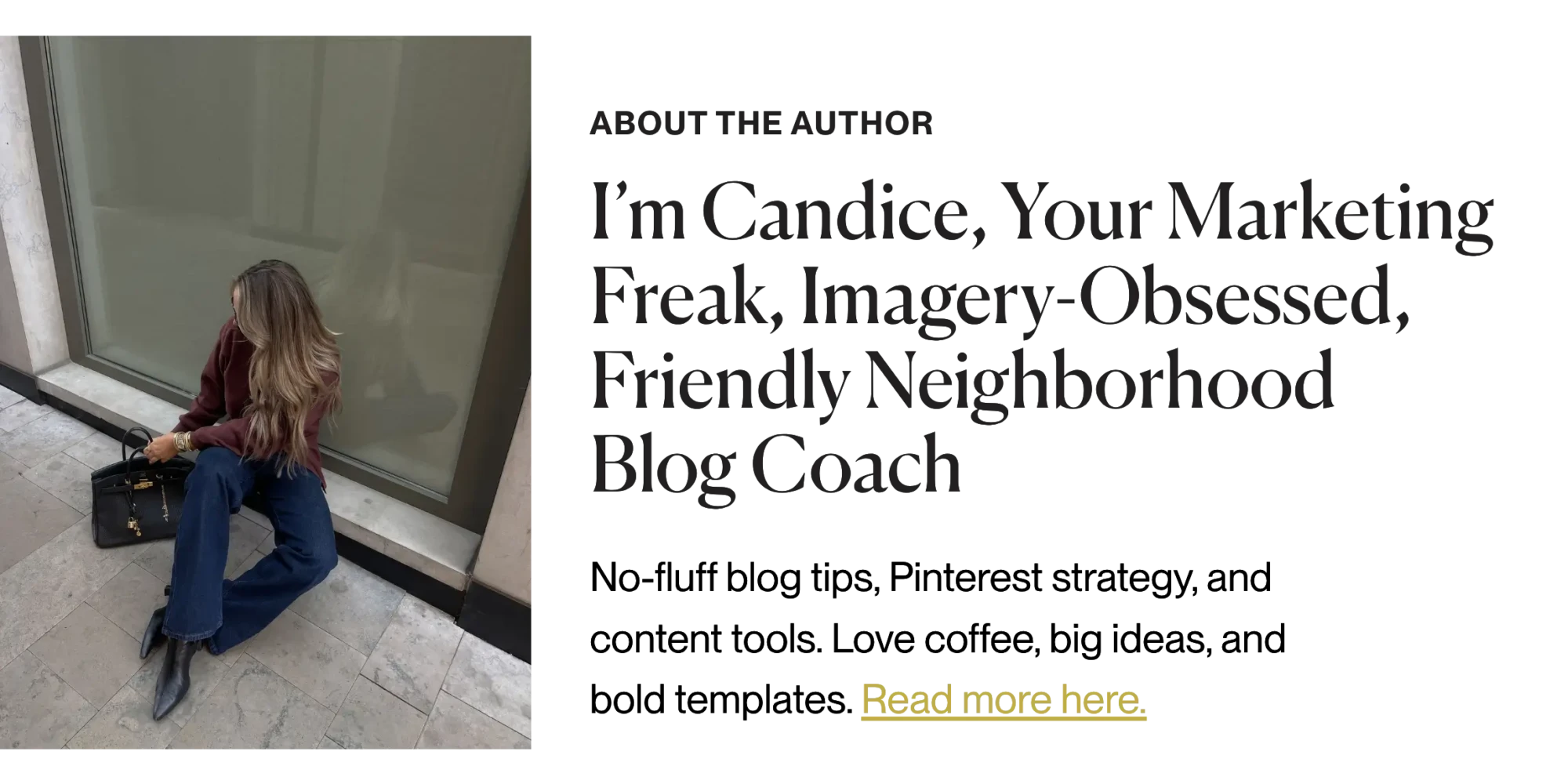
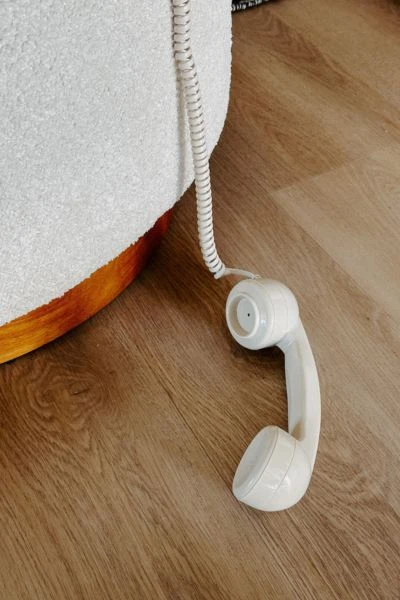





This is all such great information! I didn’t realize different social media can be so different when you post/pin/etc. Thanks for sharing!
All of these are fantastic tools to make money, Candice! I use many of them, but have always wanted to try BlogtoPin, I’m so intrigued by it, I always create my own pins in Canva but that would be so helpful if it did it for me!
Make Life Marvelous
That’s so true, BlogtoPin is a huge time-saver! It really speeds up the Pinterest process so you can focus on content creation.
Love all of these blog traffic tips for the holidays, Candice! It’s so hard to believe it’s almost holiday time and it’s always great to get ahead as much as possible with content.
Wishing you a wonderful rest of your week! 🙂
Make Life Marvelous
Great tips, Candice! It’s very eye-opening just how important building your email list is. Thanks for the helpful information!
Totally agree – an email list is gold! Glad the post was helpful. Do you already have a list started, or are you planning to set one up soon?
It’s so important to do double duty with posts. Thanks for the information to help make posts perform better for pinterest!
Absolutely – double duty posts are a game-changer! Glad the Pinterest tips helped.
This is such great info!!!
Jennifer
https://curatedbyjennifer.com
You are the queen of helpful blog posts, Candice, I’m convinced! This post is full of great info to help blog posts rank well on search engines and Pinterest. I really need to utilize a lot of your Pinterest tips, I’ve fell off that bandwagon except for sharing my blog posts once they’re uploaded on there.
Wishing you a wonderful rest of your week! 🙂
Make Life Marvelous
Absolutely fabulous (and important) information! Thanks for sharing!
I need to check out those stock photo libraries you suggested! And the blogtopin sounds really helpful too!